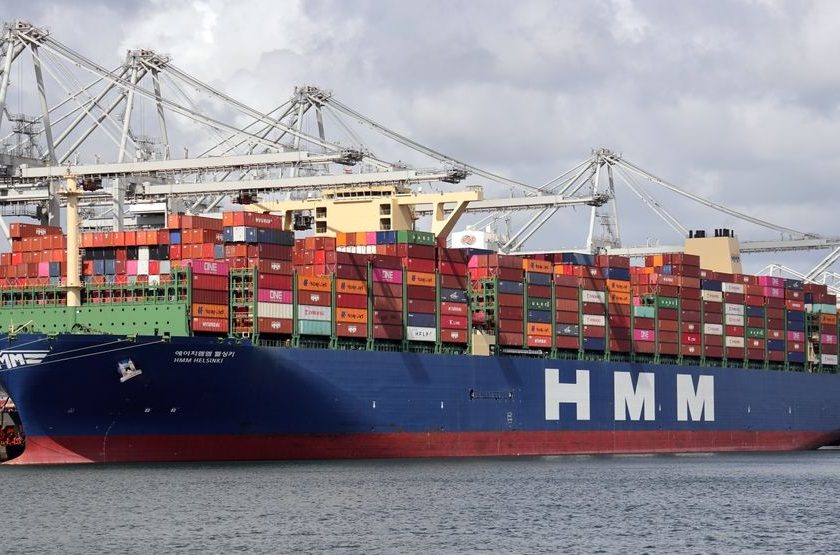SIPG marks green methanol bunkering milestone
NewsSIGP facilitates Astrid Mærsk’s milestone green methanol bunkering operation in Shanghai, marking a notable first for China.
After failed privatization attempts, HMM reveals bold 2030 goals, eyeing fleet expansion in both container and dry bulk shipping sectors alongside terminal investments.

South Korean shipping major HMM has unveiled an ambitious 2030 mid-to-long-term strategy aimed at strengthening its competitiveness and building a resilient global logistics model amid growing uncertainties in the maritime sector.
Under the strategy, HMM wants to increase its container shipping fleet capacity from 920,000 TEU (comprising 84 vessels as of year-end 2024) to 1.5 million TEU (130 vessels) by 2030, as announced by the company’s CEO Kim Kyung-bae. The company also plans to expand its market presence by extending its service network and diversifying its trade routes.
The expansion aligns with HMM’s aim to strengthen its core business as a response to the ongoing reshuffling of global shipping alliances.
Specifically, HMM is a member of THE Alliance, from which German carrier Hapag-Lloyd plans to exit in 2025 to join its new partner, Maersk, in the Gemini Cooperation. As a result, THE Alliance carriers plan to focus their efforts on building their fleets to make up for Hapag’s departure.
HMM’s move follows a recent announcement made by South Korean President Yoon Suk-yeol that the country would invest US$4 billion to increase the capacity of the South Korean-flagged container shipping fleet to 2 million TEU by 2030, up from the initial goal of 1.5 million TEU.
In the bulk shipping segment, HMM intends to double its fleet size from the current 6.3 million DWT (with 36 vessels) to 12.28 million DWT (110 vessels) by 2030. The company is increasing its presence in the dry bulk sector as part of its diversification strategy and ensuring profitability, as dry bulk is more stable than the more volatile container shipping sector.
Furthermore, HMM is poised to enhance its logistics infrastructure by acquiring new terminals to complement its expanding service network, thereby diversifying its revenue streams. The company is also ramping up efforts to comply with evolving environmental standards and is working on a revision of its decarbonization plan to meet its goals by 2045 instead of 2050. At the core of this strategy will be new ship orders, improving ship efficiency, and securing a supply network for eco-friendly fuels.
The growth strategy is being unveiled following an unsuccessful privatization process of the company. Efforts to privatize the South Korean shipping firm have been halted indefinitely following the collapse of negotiations to sell a controlling stake to Harim Group, the parent company of Pan Ocean. The government aimed to return HMM to private ownership after a bailout; however, the company remains majority-owned by the state-run Korea Development Bank. The privatization deal, valued at $4.9 billion, was in the final stages as Harim emerged as the prospective buyer. Nevertheless, the deal fell through in February 2024 after encountering management control and board representation hurdles.
By subscribing you will have: